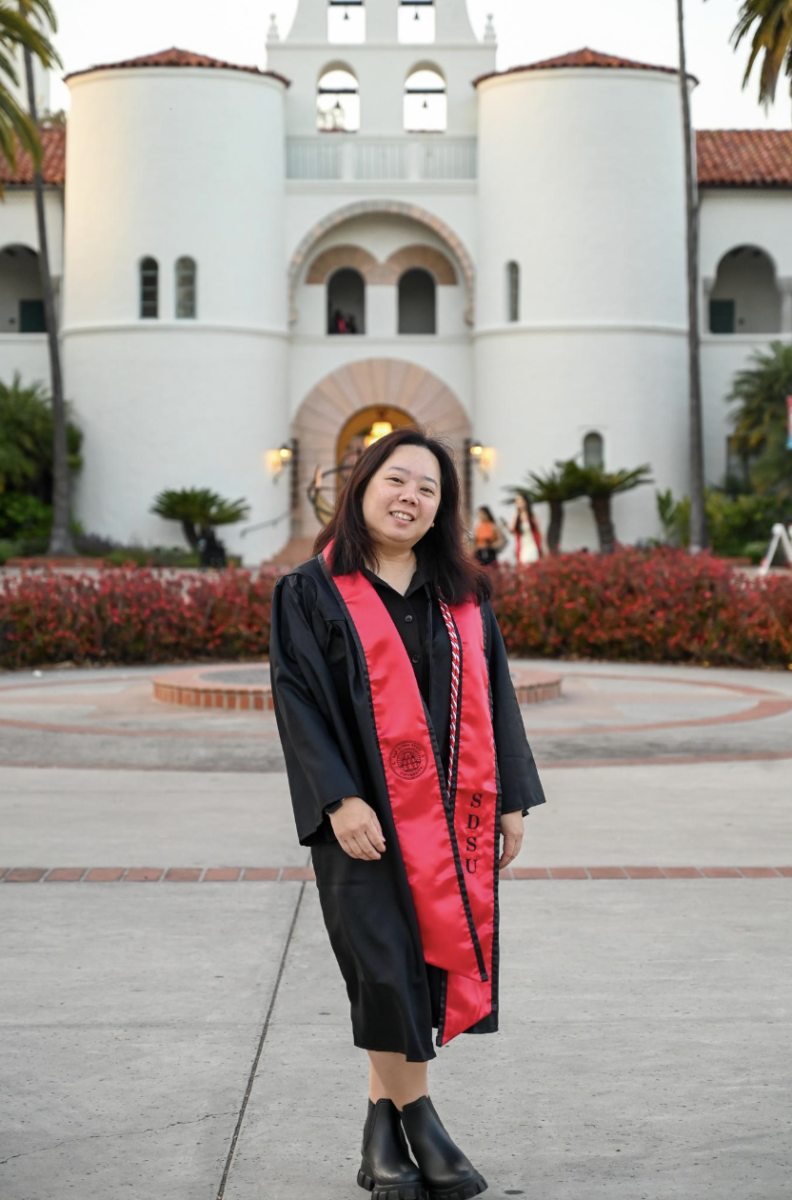After decades of being a Republican stronghold, San Diego County has been slowly shifting to the left over the course of the last 10 years.
In the 2008 presidential election, Barack Obama broke a Republican winning streak in the county that started in the 1948 election, and Hillary Clinton overwhelmingly won the county in the 2016 presidential election with over 56 percent of the vote, compared to Donald Trump’s 37 percent.
And it isn’t just presidential elections that provide proof of what many people consider the county’s liberal shift, either. In San Diego County, registered Democrats outnumber registered Republicans by more than 100,000.
With such overwhelming support for Democrats, it might be expected that San Diego County’s public officials would be Democrats or Democratic-backed candidates. This expectation would be incorrect.
Despite the recent change in political support, government positions have remained firmly in the hands of Republicans, mainly because current election law gives them an unfair advantage by allowing them to win their seats in the primary election, when fewer people vote and Republican percentage is at a higher turnout.
A new measure on the November ballot, Proposition D, would end this flaw in the electoral process, by requiring any election with two qualified candidates to go to a runoff in the general election.
Prop D is similar to Prop K, which was passed in the 2016 election, having the same effect but applying to San Diego County, instead of the city of San Diego.
The California Elections Code states that for nonpartisan elections (the party affiliation of the candidate is not listed), a candidate can win office in the primaries and skip general elections if they earn over 50 percent of the vote.
This system differs from both state and federal elections, both of which require some form of runoff or general election after the primary. And while other democracies, like France, have an initial election and a runoff if nobody earns a majority, it is understood that the first election could lead to a victory, unlike the primaries in the United States.
The percentage of voters who participate in June elections are a fraction of those who participate in November elections. Yet the current system allows an increasingly unpopular party in San Diego County to retain power through deciding elections before most people vote, including when county Republicans gained re-election for their offices in June of this year.
One of the benefits of Prop D is making sure elections are decided when the most people vote, to ensure that the officials elected properly represent the wishes of the voters in San Diego County.
Someone in opposition to Prop D might say that it’s the responsibility of the voters to make sure they show up in June, and it’s true that, at some point, the effort must be made to register and vote.
However, what a lot of people take for granted is that not everybody has a lot of free time to register to vote, research the candidates and then vote. Given that primaries are seen as merely a precursor to the general election, rather than directly consequential in their own way, many voters might be inclined to skip the primary elections and wait to vote in the general election.
Two other reasons for lower voter turnout is less media hype around primary elections, and since June elections are mainly associated with primaries, many people disgruntled with the two major parties might not wish to vote either.
In the debate over Measure K in 2016, opponents stated that Measure K would complicate matters, while one election made things simpler.
While that may be true, having that one election take place in June is more confusing, because to repeat what was said above, most people associate June with primaries and November when the office is actually filled with a candidate.
In order for San Diego County’s elections to be a fair, honest reflection of how voters feel, seats need to be decided in November.
When Election Day comes on November 6th, Prop D should pass into law, to ensure that future elections are decided when most people vote.






